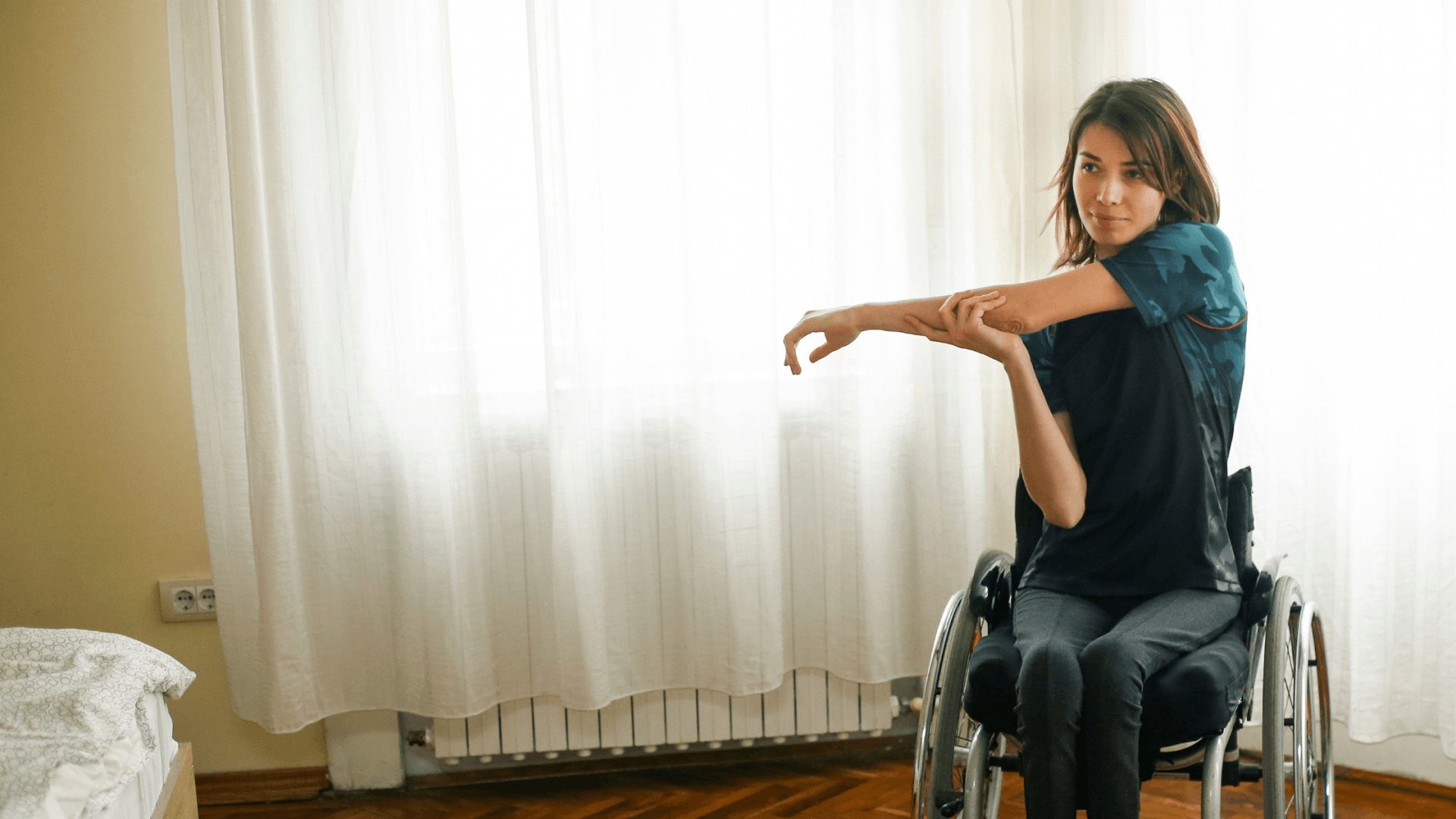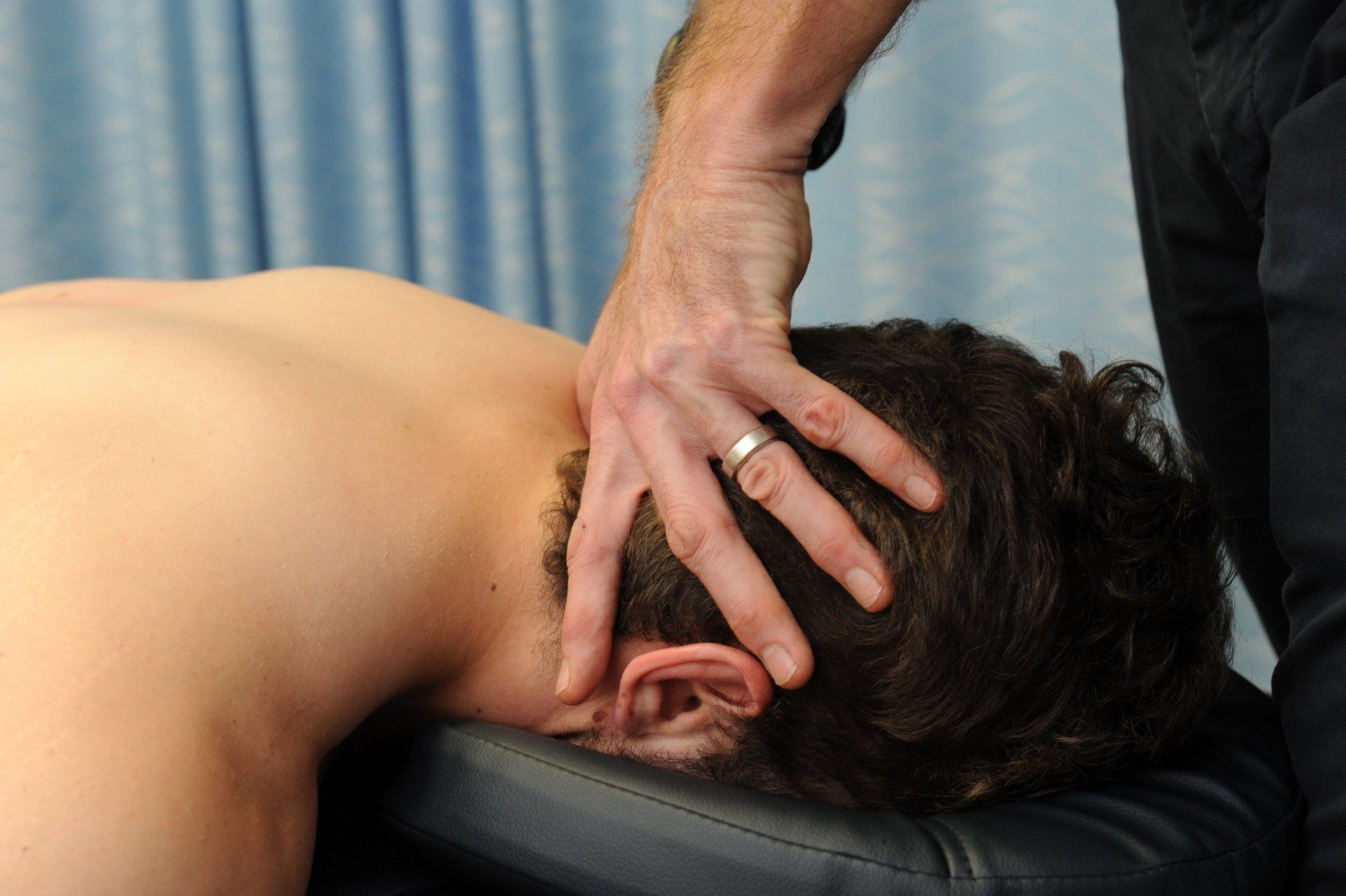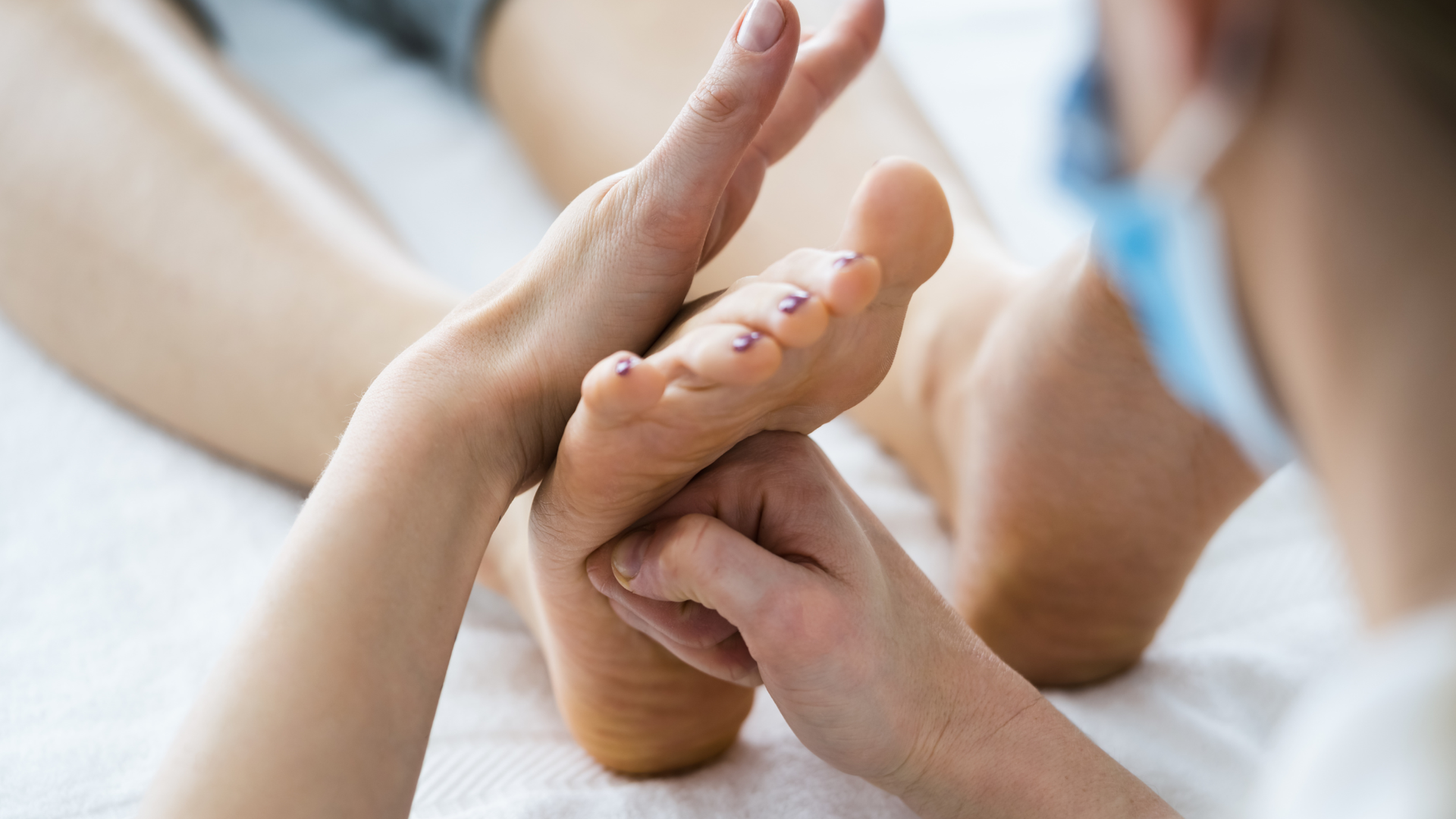NDIS - Understanding Cerebral Palsy
CP affects 1 in 700 births in Australia. How does physio help?

Cerebral Palsy, or CP, is a lifelong, motor impairment disorder that affects approximately 17 million people worldwide. While access to intervention for children with CP is generally considered to be quite good, physiotherapy access for adults has been limited due to poor understanding of adult CP needs, complicated by non-communicable disease such as diabetes, respiratory disease and stroke3.
In Australia, the introduction of the NDIS has assisted in breaking down these barriers, opening access to physiotherapy and improving quality of life for people with CP across the lifespan.
A bit of history
From ancient Greeks to the Egyptian Pharoah’s to Roman Emperors, CP has afflicted civilisations across the globe since 1580 B.C6. While there is evidence in hieroglyphics of CP, it wasn’t until the fifth to the fourth century B.C. that Hippocrates first recognised and discussed the presence of brain damage in newborns, a sometimes result of premature birth, congenital infection, and prenatal stress6.
Over the centuries, CP has been a topic of medicine, art, even culture (there is a painting of a child with clubfoot and left spastic hemiparesis in the Louvre, Paris), with significant contributions more recently from William John Little, William Osler, and Sigmund Freud6. This rich history, writings and recordings have allowed academics to track the evolution of cerebral palsy – from physical and psychological symptoms through to advancements in diagnosis and treatment including medical imaging, the use of botulinum toxin, orthopaedic procedures, and more recently high intensity exercise.
Causes of CP
CP is a complex, multifactorial disorder that can be acquired during the prenatal (before birth), perinatal (the period just before and just after birth) and postnatal (after birth) periods. It is a brain injury, caused by either bleeding, lack of oxygen, nerve cell death, or other causes and is more common in low birth weight and premature infants5. Both the location of the insult to the brain and the timing of the insult (ie. how developed the brain is) will determine the extent and type of problems experienced by the individual with CP5.
What are the symptoms?
CP is primarily a motor disorder, affecting posture and movement patterns2, 7. Examples might be walking, lifting objects, eating, and personal hygiene. It is a result of non-progressive disturbances that occurred in the developing foetal or infant brain. This is an important point as it indicates that symptoms of CP do not generally get worse, although some symptoms may become more obvious as the individual develops and matures.
Motor disorders are often accompanied by disturbances of other senses including sensation, perception, cognition, communication, and behaviour, by epilepsy, and by secondary musculoskeletal problems2, 7.
1 in 4 people with CP will have bladder control issues and epilepsy, while 75% of people experience persistent pain.
How is CP diagnosed and classified?
Cerebral Palsy is not a diagnosis. Rather, it is an umbrella term used to define a spectrum of symptoms, which vary hugely from person to person. Diagnosing cerebral palsy can be challenging and prolonged due to the variety (or heterogeneity) of symptoms1, 2, 7. In many instances, a clear diagnosis cannot be made until a child is 2 years old due to the need to review their progress against normal expected milestones. It mild cases it can be much later in life.
CP is usually classified descriptively, based on the type of motor impairment, the degree of motor impairment, and the parts of the body affected.
- The type of motor impairment is described based on the area of the brain affected, which may result in spastic, ataxic or dyskinetic patterns.
- The degree of motor impairment is usually classified using the Gross Motor Function Classification System (GMFCS), which classifies motor impairment on a scale of 1 – 5.
- The area of the body affected, which further classifies a presentation as bilateral quadriplegia, bilateral diplegia, or unilateral hemiplegia.
This infographic provides more detail on the classification of CP.
Where does Physiotherapy fit in?
Physiotherapy is a core part of a multi-disciplinary approach to managing cerebral palsy4. With a key goal of facilitating the participation needs of the client, physiotherapy helps people achieve their maximum potential for physical independence and fitness levels, and improved quality of life across the lifespan4.
Cerebral palsy can present with mild symptoms with minimal impact on independence, through to severe, disabling impairments requiring full time care. Physiotherapists are great at assessing these variations, formulating patient-centred goals, and delivering therapeutic interventions to enhance the autonomy, strength, and coordination of voluntary movements4. Treatment techniques can include:
- Therapeutic exercise and gait training to improve strength, reduce falls risks and improve functional capacity4. While this can be delivered using conventional approaches, there is increasing evidence to suggest that in some presentation’s intermittent blocks of high intensity sessions can have superior outcomes1, 8.
- Constraint-induced movement therapy to improve upper limb function4.
- Manual therapy, particularly soft tissue techniques and stretching to increase range of motion4.
- Kinesiotaping to the trunk to assist gross motor function9.
More broadly, physiotherapy has a significant role to play in educating clients and families, reducing persistent pain, and assisting with bladder control problems. Physiotherapists use a variety of environments to deliver these treatments tailored to the needs of the individual, including home-based programs, gyms, and hydrotherapy pools.
The Take Home
Physiotherapy will make a huge contribution to the quality of life and functional outcomes of clients with CP across the lifespan. In Australia, the NDIS has increased access to services for persons with CP. The evidence is strong for a variety of physiotherapy led interventions, particularly functional therapeutic exercise, manual therapy and stretching, which can be adapted and tailored to meet the goals of the individual.
And don’t forget to aim high. There are countless Paralympians, successful businesspeople, actors, and comedians (to name a few) who have all achieved incredible success with a diagnosis of CP.
Do you want to get more out of your NDIS funding? Then give us a call.
All our clients are individually assessed, and programs tailored to your specific needs. We are the only QIP Accredited Physiotherapy services in the Northern Territory and an approved NDIS provider. We offer a broad range of services to assist with management of movement disorders and persistent pain including hydrotherapy, manual therapy, massage, therapeutic exercise programs, clinical pilates and functional rehabilitation, all delivered by a highly skilled team.
References
- Arpino C, Vescio MF, De Luca A and Curatolo P (2009). Efficacy of intensive versus nonintensive physiotherapy in children with cerebral palsy: a meta-analysis. International Journal of Rehabilitation Research, DOI: 10.1097/MRR.0b013e328332f617
- Blair E, Cans C and Sellier E (2018). Epidemiology of the Cerebral Palsies. In: Panteliadis, C. (eds) Cerebral Palsy. Springer, Cham. https://doi.org/10.1007/978-3-319-67858-0_3
- Cook G, Cassidy E, and Kilbride, C (2022). Understanding physiotherapy and physiotherapy services: exploring the perspectives of adults living with cerebral palsy, Disability and Rehabilitation, DOI: 10.1080/09638288.2022.2062060
- Das SP and Ganesh GS (2019). Evidence-based Approach to Physical Therapy in Cerebral Palsy. Indian Journal of Orthopaedics, 53: 20-34.
- Hagel C (2018). Neuropathology of Cerebral Palsy. In: Panteliadis, C. (eds) Cerebral Palsy. Springer, Cham. https://doi.org/10.1007/978-3-319-67858-0_3
- Panteliadis CP and Vassilyadi P (2018). Cerebral Palsy: A Historical Review. In: Panteliadis, C. (eds) Cerebral Palsy. Springer, Cham. https://doi.org/10.1007/978-3-319-67858-0_3
- Reddihough DS and Collins KJ (2003). The epidemiology and causes of cerebral palsy. Australian Journal of Physiotherapy, 49: 7-12.
- Trahan J and Malouin F (2002). Intermittent intensive physiotherapy in children with cerebral palsy: a pilot study. Developmental Medicine & Child Neurology 2002, 44: 233–239
- Unger M, Carstens JP, Fernandes N., Pretorius R, Pronk S, Robinson AC and Scheepers K (2018). The efficacy of kinesiology taping for improving gross motor function in children with cerebral palsy: A systematic review. South African Journal of Physiotherapy 74(1), a459. https://doi.org/ 10.4102/sajp.v74i1.459








